Advanced RF Systems (ARFS) Department

The ARFS Department provides the science and engineering for accelerator technology development, with expertise in radiofrequency, power electronics, mechanical and manufacturing engineering disciplines, as well as beam, electrodynamic, and plasma physics.
Key Competencies
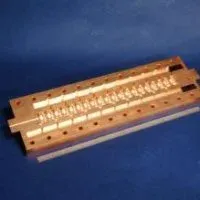
Accelerator Design, Integration, Test
TID has the capability to perform in house design, fabrication, integration and experimental test for complete accelerator systems. Our focus is on the development and incorporation of new concepts to significantly advance the cost-capability a accelerators systems, by forming strong partnerships with our government, non-profit or commercial partners.
High Gradient Electron/Hadron/Ion Accelerator Technology
We are applying novel concepts for high-gradient structure-based accelerator technology that have demonstrated record gradients and both microwave and mm-wave/THz frequencies. These advanced concepts, such as distributed coupling accelerators, dramatically increase the efficiency of accelerator for both relativistic and low-beta particles, and can be applied to both electron and ion accelerators. Exploring the use of advanced materials for enabling high-gradient normal and superconducting accelerators is also a strong focus of this program.
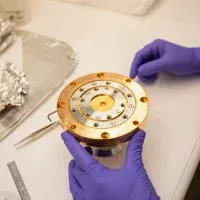
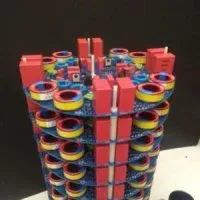
High Voltage Power Supply/Modulators
SLAC has remained a world leader in high voltage power supplies and modulators for several decades. We designed, built, and power supplies ranging from 1MW average power to over 1 GW peak power as well as 10’s of ns and 1us pulsers to CW power supplies. In addition, we specialize in very high voltage design and implementation: up to 500 kV. Our skilled implementation has led to several systems becoming the standard for next-generation accelerators. For example, the SLAC P2 Marx is included as the baseline for the proposed International Linear Collider.
mm-Wave/THz
An underutilized portion of the electromagnetic spectrum that holds great promise for unique applications in communications, remote sensing, spectroscopy and accelerator technology. We are developing both the sources and exploring applications in this frequency range using our unique electromagnetic simulation tools, fabrication and test facilities.
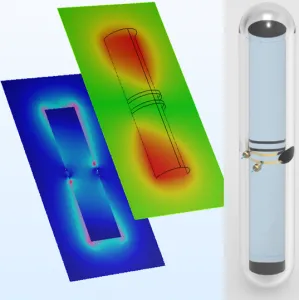
Piezoelectric Devices
TID has expertise in the design, characterization, and implementation of piezoelectric devices. Supported by multiple DARPA-funded projects, we use this technology to push the boundaries of high-gradient acceleration as well as high-Q antennas. SLAC has multiphysics optimization tools, strength and velocity characterization equipment, high-vacuum expertise, and strategic partnerships with industry leaders in piezoelectric single-crystal manufacturing and characterization. In addition, SLAC utilizes the suite of manufacturing and characterization facilities at Stanford such as the Ginzton Crystal Shop to support rapid prototyping and characterization.
RF Material Science
We are developing a system to probe changes in the material surface structure during the application of a high field RF pulse by employing temporally resolved (tens of picoseconds) x-ray diffraction. X-ray diffraction provides a non-invasive, direct measurement of strain profiles when utilized in a grazing-incidence geometry. This will be the first ever RF pump x-ray probe experimental system capable of spanning frequencies from gigahertz to terahertz and operating at a few Kelvin to room temperatures. We also conduct test with normal and superconducting RF materials to improve our accelerator technology.

RF Sources (Design, Fabrication & Testing)
RF sources are a key driver the size and performance of accelerators, radars, telecommunications systems and satellite platforms. The SLAC TID team is uniquely qualified to bring the novel vacuum electronics (VEDs) concepts to experimental validation. The demonstration of VEDs requires the development and integration of a variety of technology maturity levels, combining fundamental research with the unique facilities and capabilities of a National Laboratory with a longstanding reputation for RF source development.
Thermionic Emitters
SLAC TID is the first to integrate these revolutionary cathodes into an RF source taking advantage of their high current density to eliminate beam compression requirements in the electron gun. Furthermore, SLAC TID has developed multiple cathode test vehicles for evaluating degradation behavior of these cathodes facilitating their comparison to other technologies.
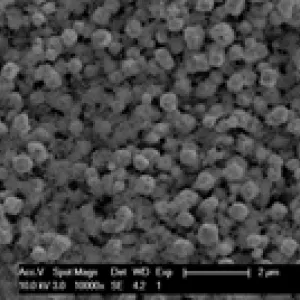

Very Low Frequency Sources
TID is pushing the boundaries of Very Low Frequency (VLF) transmitters. In particular, a DARPA-funded project aims to reduce the size, weight, and power consumption of man-portable VLF transmitters by an order of magnitude. To do so, we draw upon expertise in high-Q electronics, advanced manufacturing, material characterization, and multi-physics modeling.
